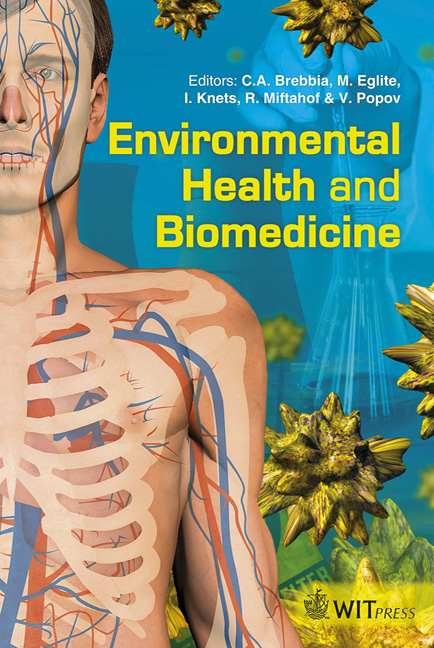MRI: A Tool For Measuring Turbulent Intensities In Flow Systems
Price
Free (open access)
Transaction
Volume
15
Pages
11
Page Range
471 - 481
Published
2011
Size
3,611 kb
Paper DOI
10.2495/EHR110411
Copyright
WIT Press
Author(s)
O. Adegbite, L. Kadem & B. Newling
Abstract
Understanding the fluid-structure interaction and fluid dynamics downstream of an obstruction is crucial in the design and fabrication of devices that find application in both medicine and industry. It is known that the fluid flow patterns downstream of an obstruction may be very complex and are three dimensional, including the formation of vortices, recirculating flow, flow separation and the onset of turbulence. The development of any such pattern of flow might be detrimental to the optimal performance of the flow system. In this work we have used the magnetic resonance imaging (MRI) technique to investigate flow dynamics downstream of an artificial heart valve. MRI is a naturally threedimensional, non-invasive technique that finds application in clinical, biomedical research and materials research. It has the capability to visualize the internal structure of materials and also to quantify mass transport properties. In this in vitro study, we have measured the turbulent diffusivity and velocity downstream of the valve in two configurations (fully opened and partially opened). Our particular implementation of the MRI measurement (known as SPRITE imaging) is unusually robust to fast turbulent flows and has been demonstrated effective at Reynolds numbers on the order 105, much higher than possible with most conventional, clinical MRI techniques. The results showed a low turbulent diffusivity downstream of the fully opened valve configuration, while the turbulent diffusivity is higher downstream of the partially opened valve coupled with a high-velocity fluid jet and recirculating flow. There are distinct
Keywords
mechanical heart valve, aorta, spiral-SPRITE, turbulent flow, turbulence, velocity, gradient, MRI





